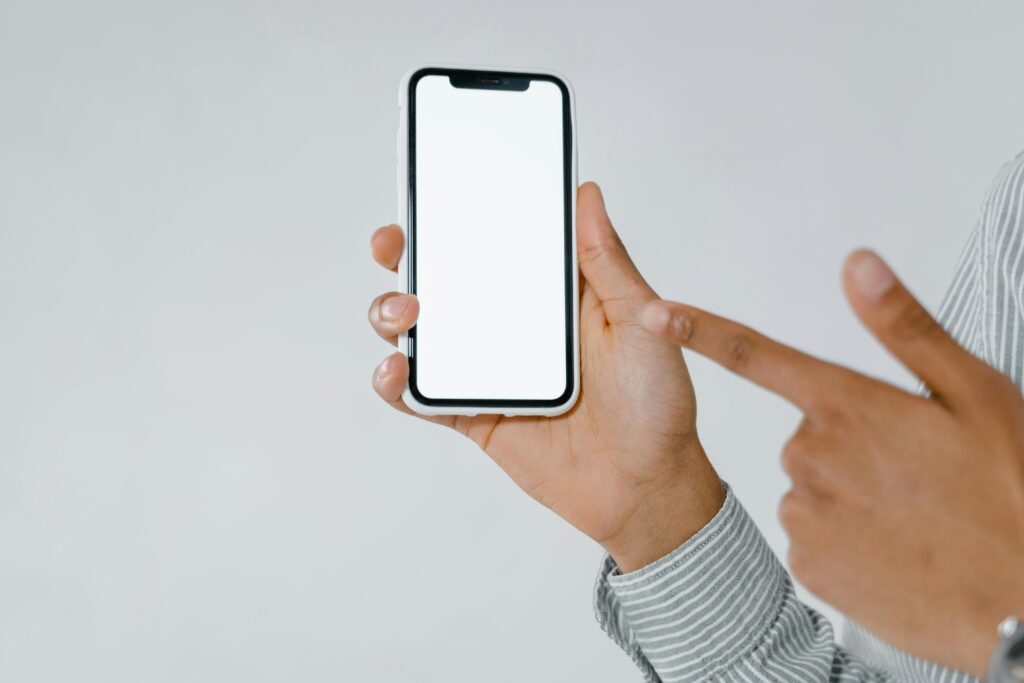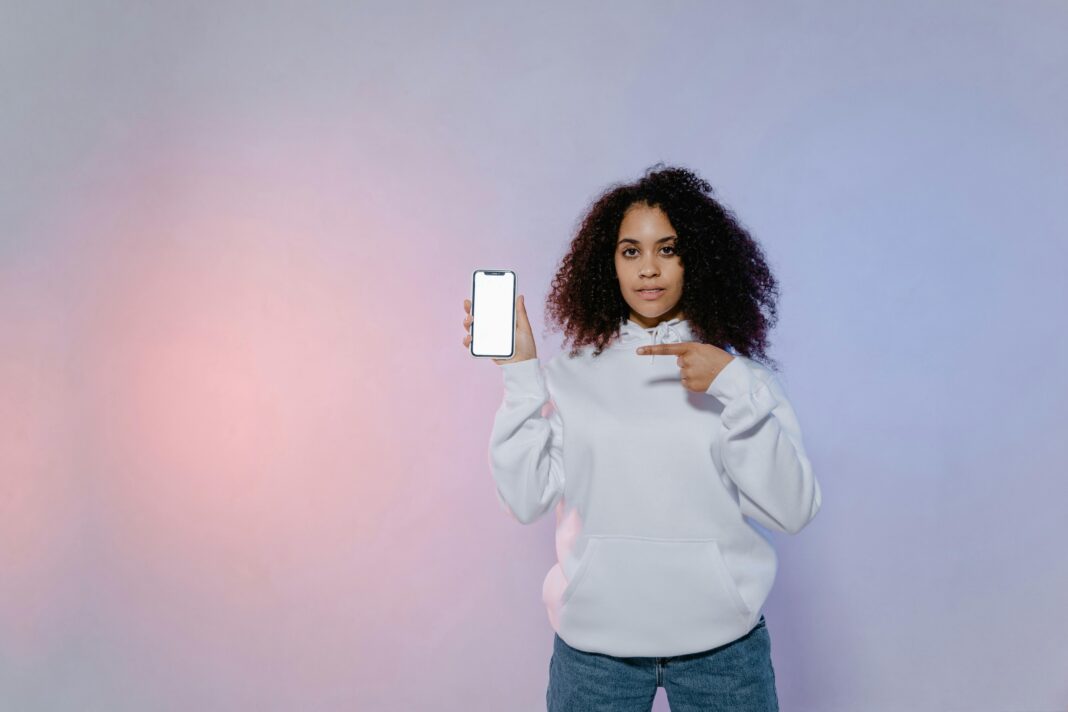Influencer marketing is one of the most effective ways to promote mobile apps. Unlike traditional ads, influencer promotions feel organic, trustworthy, and highly engaging—leading to better conversion rates. However, simply paying an influencer to mention your app isn’t enough. A successful influencer marketing campaign requires careful planning, the right partnerships, and continuous optimization.

This guide will take you through every step of using influencer marketing to grow your app, from setting goals to measuring success. You’ll learn how to find the best influencers, structure partnerships, create compelling content, and track performance.
Influencer Marketing for Mobile Apps
What Is Influencer Marketing?
Influencer marketing involves collaborating with individuals who have a strong online following to promote your app. These influencers can be bloggers, YouTubers, Instagram personalities, TikTok creators, or even LinkedIn experts—depending on your app’s target audience.
Why Influencer Marketing Works for Apps
- Trust & Credibility: People trust influencers more than traditional ads.
- Targeted Exposure: Influencers have niche audiences, ensuring your app reaches the right users.
- Higher Engagement: Influencer posts generate more likes, shares, and comments than standard ads.
- Cost-Effective: Compared to paid ads, influencer marketing often delivers better ROI.
Types of Influencers for App Promotion
Not all influencers are the same. Here’s how they differ:
A. Mega-Influencers (1M+ Followers)
- Pros: Massive reach, good for brand awareness.
- Cons: Expensive, lower engagement rates.
- Best For: Big-budget campaigns aiming for broad exposure.
B. Macro-Influencers (100K–1M Followers)
- Pros: Balanced reach and engagement, more affordable than mega-influencers.
- Cons: Still costly for small developers.
- Best For: Mid-sized apps with a decent marketing budget.
C. Micro-Influencers (10K–100K Followers)
- Pros: High engagement, affordable, niche-specific.
- Cons: Smaller reach per influencer.
- Best For: Most app campaigns—best ROI for installs.
D. Nano-Influencers (1K–10K Followers)
- Pros: Extremely engaged audiences, very affordable.
- Cons: Requires working with multiple influencers for scale.
- Best For: Hyper-local or niche apps.
How Influencers Drive App Installs
- App Reviews & Demos: Showing how the app works in real life.
- Giveaways & Promo Codes: Encouraging downloads with incentives.
- Story Mentions & Swipe-Ups: Quick, engaging call-to-actions.
- Long-Form Tutorials: Deep dives into app features (great for YouTube).
2. Setting Goals for Your Influencer Campaign
Why Clear Goals Matter
Without defined objectives, you won’t know if your campaign succeeded. Common goals include:
- Increasing App Downloads (Most common)
- Boosting User Engagement (Reviews, in-app actions)
- Improving Brand Awareness (Getting your app noticed)
- Enhancing App Store Rankings (More downloads = better visibility)
Key Performance Indicators (KPIs) to Track
- Installation Rate (Number of downloads from influencer links)
- Click-Through Rate (CTR) (How many clicked the influencer’s link)
- Cost Per Install (CPI) (Total spend ÷ number of installs)
- Retention Rate (Do users keep the app after downloading?)
- Engagement Rate (Likes, comments, shares on influencer posts)
Budgeting for Influencer Marketing
- Micro-influencers: 100–100–500 per post
- Macro-influencers: 1,000–1,000–10,000 per post
- Mega-influencers: $10,000+ per post
- Performance-Based Deals: Pay-per-install (e.g., $2 per download)
3. Finding the Right Influencers for Your App
Step 1: Define Your Target Audience
- Who are your ideal users? (Age, interests, location)
- Which platforms do they use most? (Instagram, TikTok, YouTube, etc.)
Step 2: Search for Relevant Influencers
- Manual Search: Look up hashtags related to your niche.
- Influencer Platforms: Use tools like Upfluence, AspireIQ, or BuzzSumo.
- Competitor Analysis: See who promoted similar apps.
Step 3: Check Influencer Authenticity
- Engagement Rate: Should be at least 3–5%.
- Fake Followers: Use tools like HypeAuditor to detect bots.
- Past Collaborations: Do their promotions feel genuine?
Step 4: Reach Out & Negotiate
- Cold DM: Short, personalized message.
- Email Pitch: More formal, include campaign details.
- Offer Value: Explain why it’s a win-win partnership.
4. Structuring Your Influencer Campaign
A. Compensation Models
- Flat Fee: One-time payment per post.
- Revenue Share: Percentage of sales from their referrals.
- Hybrid Model: Base pay + performance bonuses.
B. Content Guidelines
- Video Reviews: Best for showing app functionality.
- Story Takeovers: Temporary but high-engagement.
- Tutorials & How-Tos: Great for complex apps.
C. Campaign Timeline
- Pre-Launch Teasers (Build hype)
- Launch Day Push (Maximize visibility)
- Follow-Up Content (Keep momentum going)
D. Tracking Performance
- UTM Links: Track clicks with Google Analytics.
- Promo Codes: See how many users redeem them.
- App Store Analytics: Monitor download spikes.
5. Measuring & Optimizing Your Campaign
A. Analyze Key Metrics
- High CTR but Low Installs? Maybe the app store page needs improvement.
- Low Engagement? The influencer’s audience might not be the right fit.
B. Gather User Feedback
- Ask influencers to encourage reviews.
- Monitor app store ratings post-campaign.
C. Scale What Works
- Double down on top-performing influencers.
- Adjust budgets based on CPI and ROI.
FAQ Section
Q1: How much should I pay influencers for app promotion?
A: Nano-influencers (50–50–500), macro-influencers (1K–1K–10K), mega-influencers ($10K+).
Q2: Which social platform is best for app promotions?
A: TikTok & Instagram for short videos, YouTube for tutorials.
Q3: How long should an influencer campaign run?
A: At least 4–6 weeks to see real results.
Q4: Can small app developers afford influencer marketing?
A: Yes—micro-influencers offer the best ROI for small budgets.
Conclusion
Influencer marketing can be a game-changer for app promotion if done right. Start by defining your goals, finding the right influencers, and structuring a compelling campaign. Track performance closely and optimize based on data.

